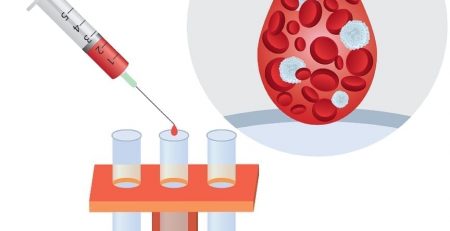Could the Fiscal Cliff Affect Biomedical Researchers Nationwide?
Sarah Palin the onetime candidate for the second-highest elected office in the U.S., once delivered a rant on the campaign trail about waste she perceived in federal support of fruit fly research. Onetime vice president candidate for the 2008 U.S. election discredited federal support of fruit fly research calling it a waste of funding. Researchers and scientists across the nation were disgusted by her comments. Whether or not Palin understood the importance of drosophila to genetics, people were outraged that a national figure would launch an attack on biomedical research funding in the United States.
Apparently Sarah Palin had no idea that the National Institute of Health has been the envy of the world for decades and is the foundation for progress in patient care. Since 2008, budget battles have taken a beating on the U.S. biomedical research enterprise. Even in a decade where biomedical research such as stem cells, RNA, DNA testing (Genomics), there are fewer grant proposal being accepted these days.
Scientists just out of college are discovering that it’s very difficult to get their first big break. If politicians can’t come to an agreement over the latest “fiscal cliff” then the U.S.’s biomedical research funding agency could suffer a huge loss with an estimated 8% percent in budget cuts. This would hurt over 2,300 worthy winning NIH grant projects. The general consensus is that elected officials won’t allow this to happen, understanding the importance of NIH grants. However, scientists throughout the nation are reading the message loud and clear. The age of Clinton and Gingrich’s abundance in NIH funding is over. Between 1997 and 2002 the bargain between President Clinton and Newt Gingrich doubled the NIH’s budget.
Since then, top institutions have been forced to think about other funding avenues. These institutions are increasingly looking to disease-focused foundations (examples: ALS Therapy) and drug companies for support. Once these groups bring their different agendas ($$$) to the table, it will change the complexion of biomedical research in the United States. Managing Director, Thong Le at WRF Capital in Seattle, is already seeing a change in the mindset of research from the meetings he’s attending with recipients of the biggest NIH grants (The University of Washington).
The question is no longer “Howe does the Zebrafish swim”, the question now is how can we synthesize the specific protein in the Zebrafish’s mouth to make the next Warfarin drug. Warfarin is a manufactured drug that helps with coagulation. The Zebrafish produces a specific protein in its mouth that appears to be involved in coagulation. This new mindset is a mixed bag. On one hand, if the nation’s brainpower is used properly by drug companies, foundations and the NIH, it could be a real payoff in the form of new medical devices, diagnostics and drugs over the next decade. The NIH has been has been encouraging the need for more translation research for awhile, trying to protect itself from budget hawks who rant about research such as the fruit fly.
Source Article:














